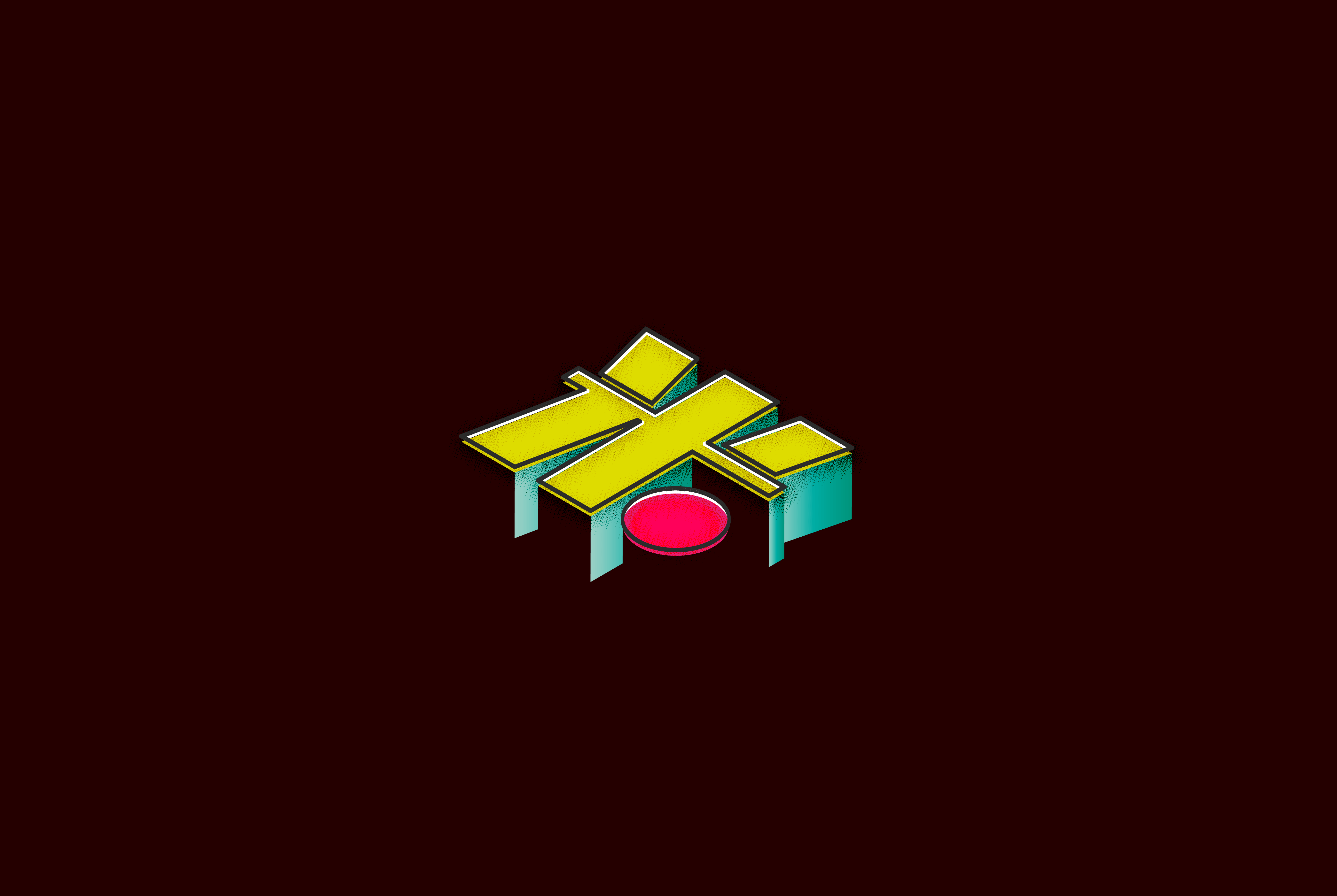During the Milan Furniture Show nearly a decade ago, a particular set of stools designed by product designer Naoto Fukasawa was mistaken to be just an ordinary everyday product outside of the exhibit. At the sight of weary attendees unknowingly sitting on his products, Fukasawa was pretty disheartened. While this was going on, another designer was walking through the exhibition and at the very same sight, Jasper Morrison was instead so impressed by how those stools were able to so seamlessly integrate into their surroundings that he knew he had to express his admiration to the person responsible for making them. That was how the design movement Supernormal was born.
The movement celebrates normality in design with its key characteristics being its simplicity and familiarity. In other words, it places its focus on how an object can be engaged and solve problems without having to resort to visual gimmicks to be delightful. To quote Dave Morin, CEO of Path,
“The concept here is simple – when you set out to create a new product, you don’t start by thinking of something completely new. Instead, think of a product that is already “normal”, and then try and make it better or “super normal”.”
In essence, the idea here is to take your everyday normal object and think of its baseline, then thinking of ways to better innovate it – adding the “supernormal” twist on top of it. This can be achieved through methods such as increasing technological interactions, adding constraints, or even removing a prior restriction that may no longer be necessary – bringing an absence to anything unnecessary which may distract from the object’s function. As for familiarity, in the words of Naoto Fukasawa,
“the beauty lies in the fact that people often use things in similar ways”.
With that said, the Supernormal value does not come from an extremely aesthetic nor highly flourished design, but instead the object’s relationship with its user that develops over a period of time. The memories that are formed and the sense of familiarity that is cultivated becomes what makes it valuable to the user and the longer and better they’ve been used, the bigger its value becomes.
Perhaps this is also why, similar to the japanese philosophy Yugen, the supernormal design is discreet and unimposing. There is never a sense of the creator or designer trying to impose himself into his design or to leave an impression of himself in his works. With this simplicity, often times, supernormal may also be confused with movements like minimalism and neo-conceptualism, which no doubt, have definitely played a part as an influence. With Minimalisem, it had a clean, streamlined design while still being pleasing to the eye. On the other hand, for Neo-conceptualism, it defied common sense and functionality, preferring to be unconventional to stand out. Hence, Supernormal served as a bridge between these two concepts, with its normality and strange brandless identity which ironically then became its brand.
However, with all that’s been said, the normalcy of Supernormal also differs based on context. While some may find an object particularly unassuming and functional, others may still regard it as more aesthetic than functional, depending on the individual’s culture and circumstances. And on that note, the familiarity of the object may also dampen based on those circumstances and the individual’s varying degrees of exposure. Be that as it may, so long as Supernormal stays true to its rule of function over form, its designs will always find a way to embed itself into our everyday lives such that it will sooner or later become a natural unconscious necessity in our lives.
All in all, this movement really makes us consider the things we take for granted everyday which we may not notice now, till the day we no longer have it, and maybe then, will we truly appreciate and see the value behind this design philosophy.
References
https://www.moma.org/collection/works/113620?artist_id=27904&locale=en&page=1&sov_referrer=artist
https://www.domusweb.it/en/design/2006/07/10/naoto–jasper–super-normal.html
http://www.naotofukasawa.com/INDEX/index_01.html
https://strategyumwelt.com/frameworks/super-normal
